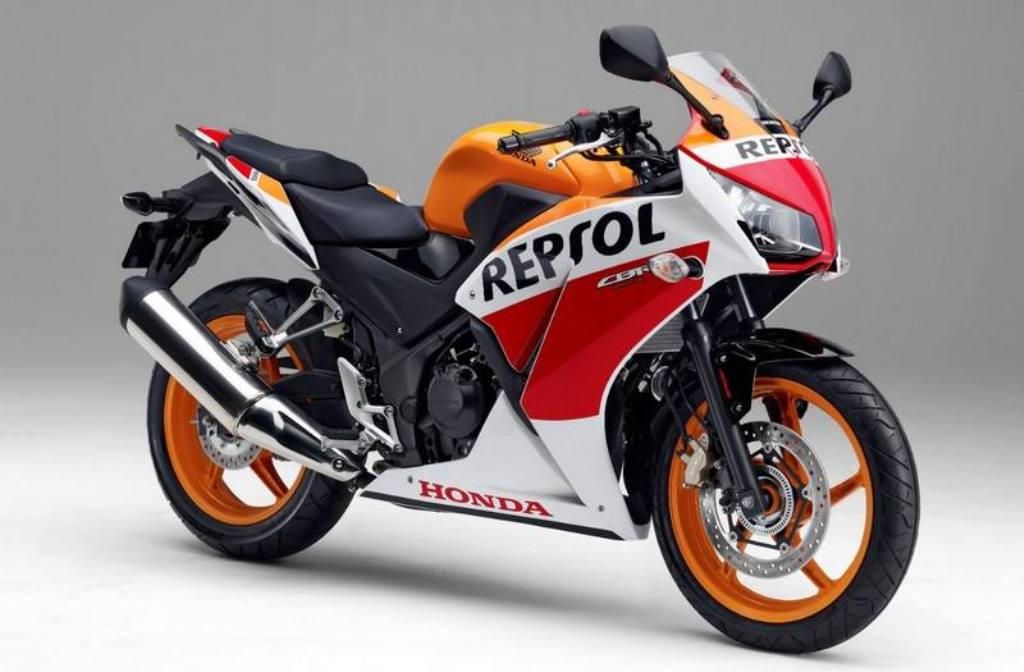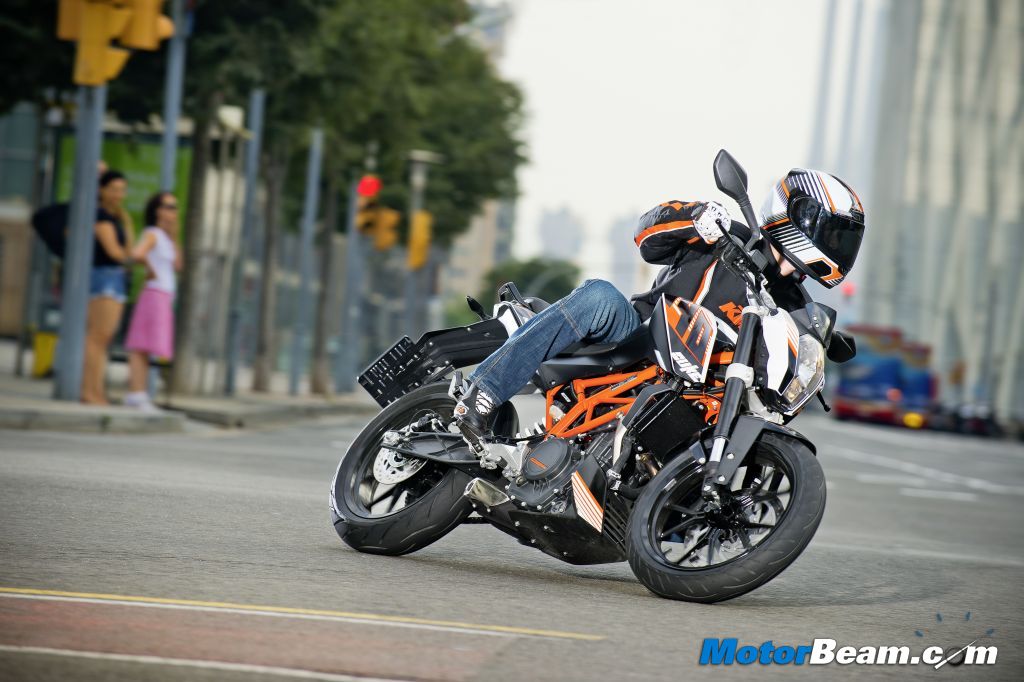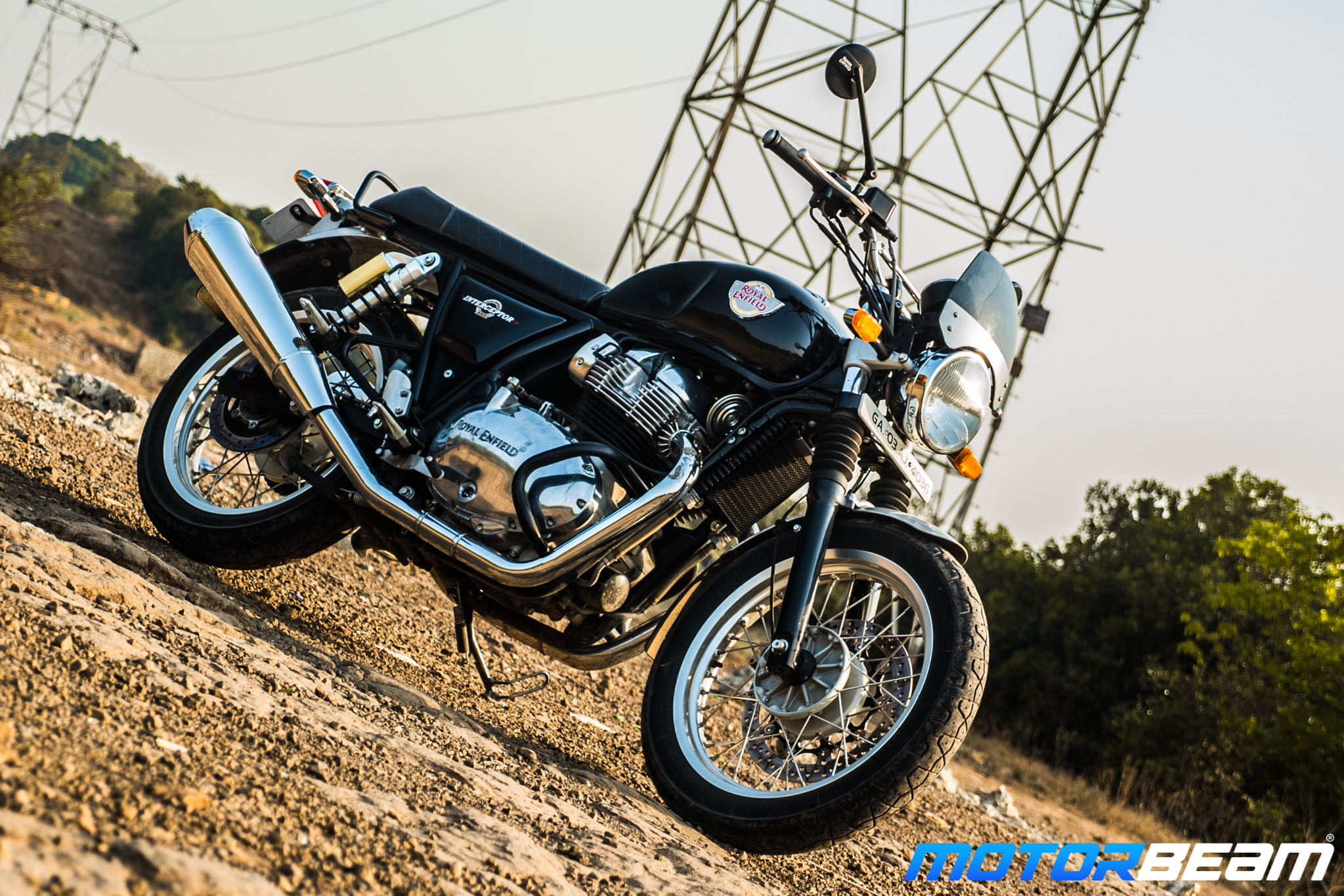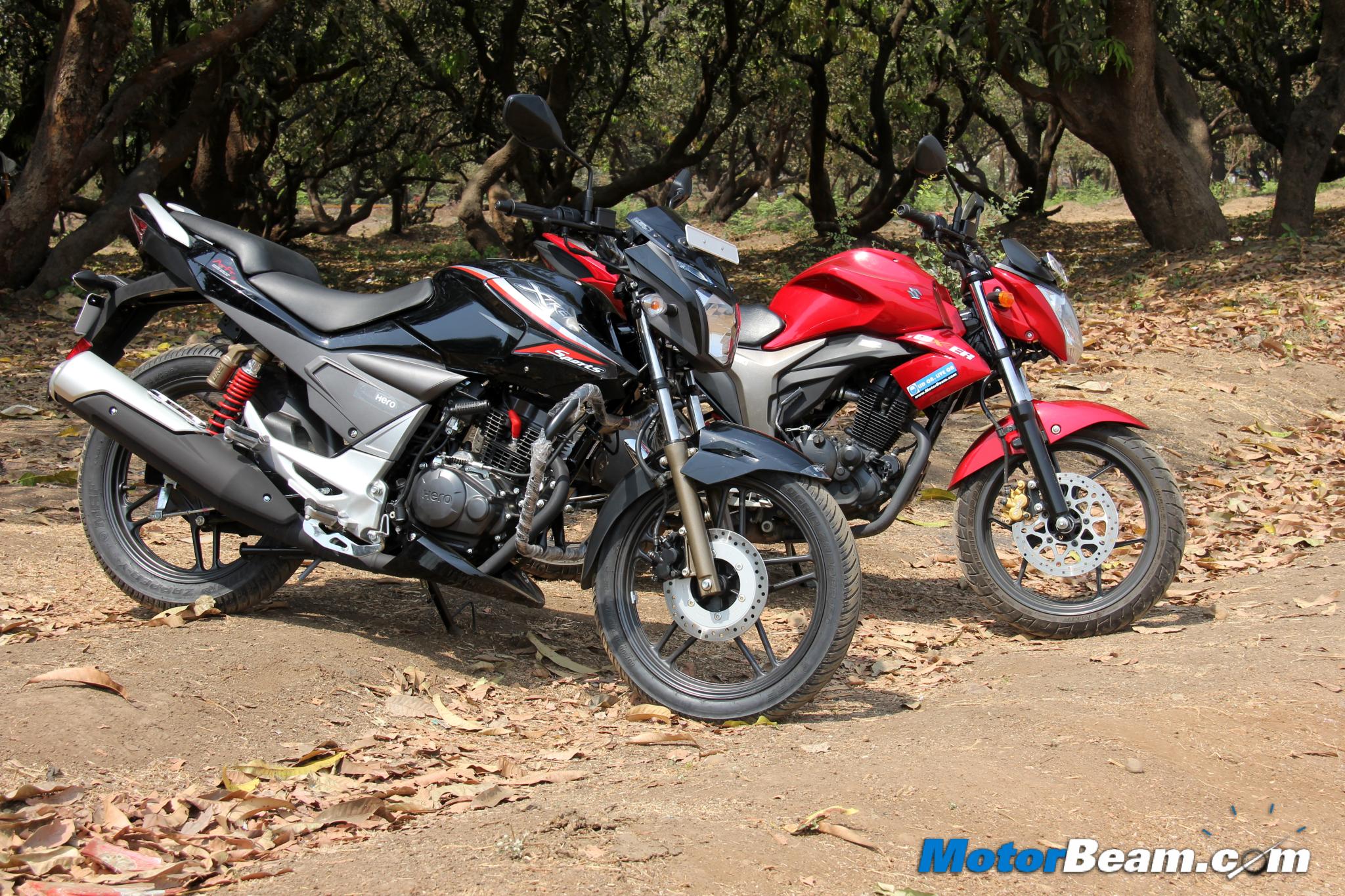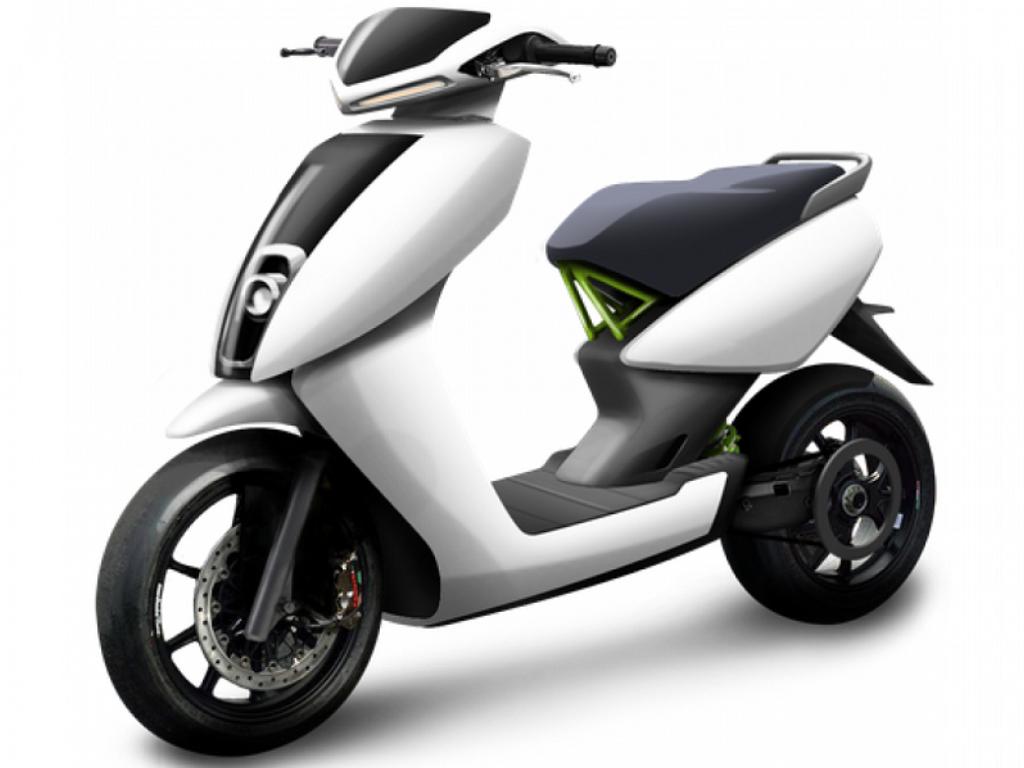Safety in India is mostly ignored, whether its passive or active. Two-wheelers are known to be more unsafe than cars as they are more vulnerable on the road. With our system to acquire a license being very lenient, anyone and everyone can start using an automobile without the need to pass any test or go through an extensive learning program. This situation can’t change, at least not immediately but what can change is the active safety features on vehicles. Sadly though, neither do consumers, nor do manufacturers support such a move.
In a recent move by the Indian Government to make ABS (Anti-Lock Braking System) compulsory on all bikes, Ministry of Road Transport & Highways (MoRTH) received a lacklustre response from 2-wheeler manufacturers, who simply asked for a couple of more years to introduce this safety feature on their bikes. This move by the MoRTH is influenced from the rule in Europe, where it is mandatory for all motorcycles (irrespective of their cubic capacity) to be fitted with ABS as standard. That’s the reason even 125cc motorcycles come equipped with ABS.
ABS can be a life saving feature on any bike. What ABS does is, prevents the tyres from locking up, thereby boosting confidence of the rider to brake harder without worrying about skidding. ABS ensures that you don’t lock your wheels and fall. The Indian road conditions are among the worst in the world, there are uneven roads, surprise speed-breakers, dust/dirt/gravel on any tarmac and people/vehicles popping out of no where, thereby necessitating the need of ABS for safer stopping in emergency situations.
I ride an ABS equipped bike and the system does help a lot. Firstly you never have to think twice before standing on the brakes in case of an emergency. Secondly, you don’t need to alter your braking style in any condition. Thirdly, in wet conditions, ABS is a bigger boon, since traction is drastically reduced due to increase in slipperiness on the road. But we can’t blame any single person for the lack of ABS on our motorcycles.
The blame goes to buyers first. We rate price of purchase and mileage over everything else. Currently, only three made in India motorcycles come with ABS, with only the KTM Duke 390 getting it as standard (kudos to the Austrian firm). The other two bikes are of course the Honda CBR250R and the TVS Apache 180. Out of these two bikes sold, how many opt for ABS? Very few, because people simply don’t value the safety tech on offer. The poor response to ABS equipped variants results in manufacturers feeling the market isn’t mature enough for such a safety feature.
Honda’s C-ABS system is by far the best and the Japanese automaker has tried to offer better brakes on most of its 2-wheelers by offering CBS as an option (even standard on some of its scooters). Although CBS isn’t equivalent to ABS, or even close to it, it does make braking safer. CBS ensures equal braking performance at both the front and rear while C-ABS is CBS and ABS combined together, offered on the CBR250R.
In spite of ABS being a proven technology, companies want to play the pricing game which they feel is enough to lure buyers. When KTM can offer ABS on the Duke 125 in Europe, why can’t they offer it on the Duke 200 in India? When Kawasaki can offer ABS on the Ninja 300 and Ninja 650 in global markets, why does it skip on this safety feature on the Indian versions? Mind you, the Ninja 300 and Ninja 650 aren’t cheap, costing close to Rs. 4 and Rs. 6 lakhs respectively. Do we need a slipper clutch or ABS more? I think we all know the answer. Why does Yamaha announce an all new 250cc bike with a parallel-twin motor and yet there is no signs of ABS being offered on it? Clearly, manufacturers need to think beyond profit. We need ABS and we want it standard on all bikes in India, and we want it now. If mass produced, ABS won’t cost the customer more than Rs. 6000/-, are you willing to pay?


